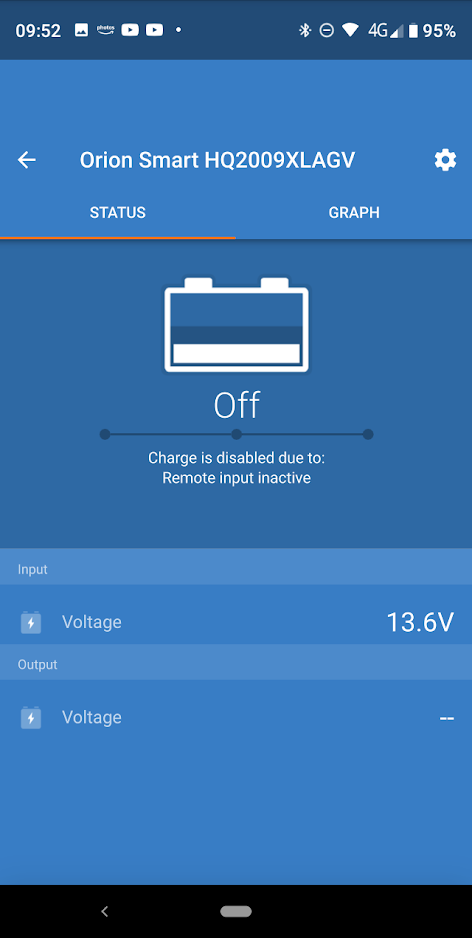Many, if not most motorhomes and boats have a manual house battery parallel switch to help start the engine on a low battery. Would it be a bad idea to short the Orion input and output while it is charging? How will it react? Or will the input breaker trip? Assuming this is undesired, is there a way to use the H and L connections to automatically inhibit charge with the +12V going to the parallel solenoid? (Engine ignition is used to allow Orion to be OFF with zero draw with engine off).
Does anyone know the full logic of connections L and H?
I have read the manual and asked for help from Victron and this forum but had no response.
Thanks,
Leo

